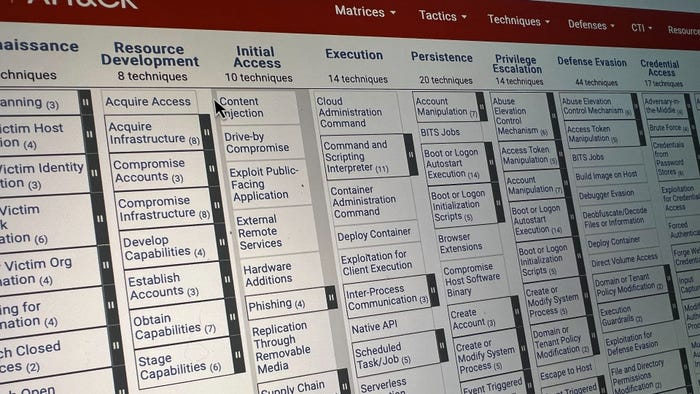Where To Start With SSDWhere To Start With SSD
Solid State Disk is a mature, stable technology poised for widespread adoption in enterprises of all sizes. It solves performance and power issues that mechanical drives can not. Most data center managers, large and small, have an eye on this technology but are not exactly sure where to start with SSD.

Solid State Disk is a mature, stable technology poised for widespread adoption in enterprises of all sizes. It solves performance and power issues that mechanical drives can not. Most data center managers, large and small, have an eye on this technology but are not exactly sure where to start with SSD.As we explained in our Visualizing SSD Guide, determining what applications can benefit from the performance boost of SSD is relatively straight forward with today's tools but its not just performance, it can also be applications that are storage overwhelmed. This means that they by comparison to today's storage capacities are not big consumers of space but often these are some of the more critical applications.
The data that these capacity overwhelmed applications create and manage can't be lost and as a result they are stored on either Mirrored or RAID based storage systems. These applications, especially in the smaller data center, are an ideal candidate for movement to an SSD tier even if they can't fully justify the performance increase. In the smaller data center these arrays are often locally attached, meaning that much of the RAID capacity goes to waste.
In these situations its ideal to plug in PCI-E based SSD cards like those from Texas Memory Systems or Fusion-io. These cost effective cards, while more expensive than an array, offer reliability, effective capacity utilization and of course a huge increase in performance. Probably most importantly these solutions are an easy first step. No SAN to install, no cabling, just plug it in, move your data over to it and you are off to the races.
In the larger enterprise, you're likely to consider an SSD that is SAN attached and sharable. The workloads that can take advantage of the performance demands in the larger enterprise are almost always there. Now the challenge of the complexity involved in dissecting what parts of an application should be place on SSD are being addressed.
Deciding what data goes on SSD is being handled through sheer size of the SSD, 2TB plus systems are very affordable. This solves the data placement issue by simply putting all the application's data and maybe even the application itself on the SSD. A second method that is gaining traction is added intelligence in the array itself by companies like Compellent or Storspeed. Compellent can migrate data as it becomes active to and from the SSD tier within its own storage system. Storspeed takes this a step further by working with any file based networked storage array.
As we discussed in our Information Week Video Series on SSD, in many environments SSDs are cost justifiable right now and enterprises of all sizes should do more than look at this technology, they should deploy it. This is one of those cases where seeing is believing.
Track us on Twitter: http://twitter.com/storageswiss
Subscribe to our RSS feed.
George Crump is founder of Storage Switzerland, an analyst firm focused on the virtualization and storage marketplaces. It provides strategic consulting and analysis to storage users, suppliers, and integrators. An industry veteran of more than 25 years, Crump has held engineering and sales positions at various IT industry manufacturers and integrators. Prior to Storage Switzerland, he was CTO at one of the nation's largest integrators.
Read more about:
2009About the Author
You May Also Like
Uncovering Threats to Your Mainframe & How to Keep Host Access Secure
Feb 13, 2025Securing the Remote Workforce
Feb 20, 2025Emerging Technologies and Their Impact on CISO Strategies
Feb 25, 2025How CISOs Navigate the Regulatory and Compliance Maze
Feb 26, 2025Where Does Outsourcing Make Sense for Your Organization?
Feb 27, 2025




